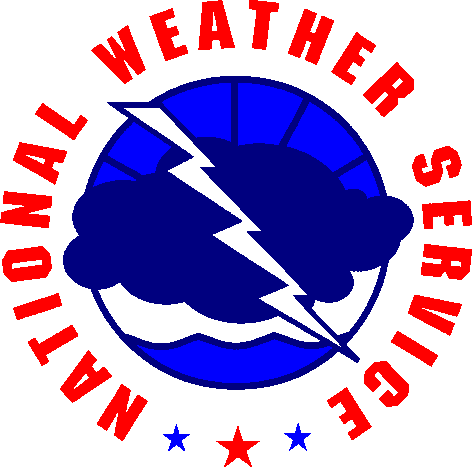Alerts(Update June 2025):The Ala Kahakai National Historic Trail corridor extends 175 miles over four moku (or districts) of Hawai'i Island. Weather and conditions can vary dramatically by location, elevation, and time of day. Additionally, when recreating, please follow local area health orders, practice Leave No Trace principles, and avoid crowding and high-risk outdoor activities. Loading weather forecast... | |
Last updated: November 13, 2025

